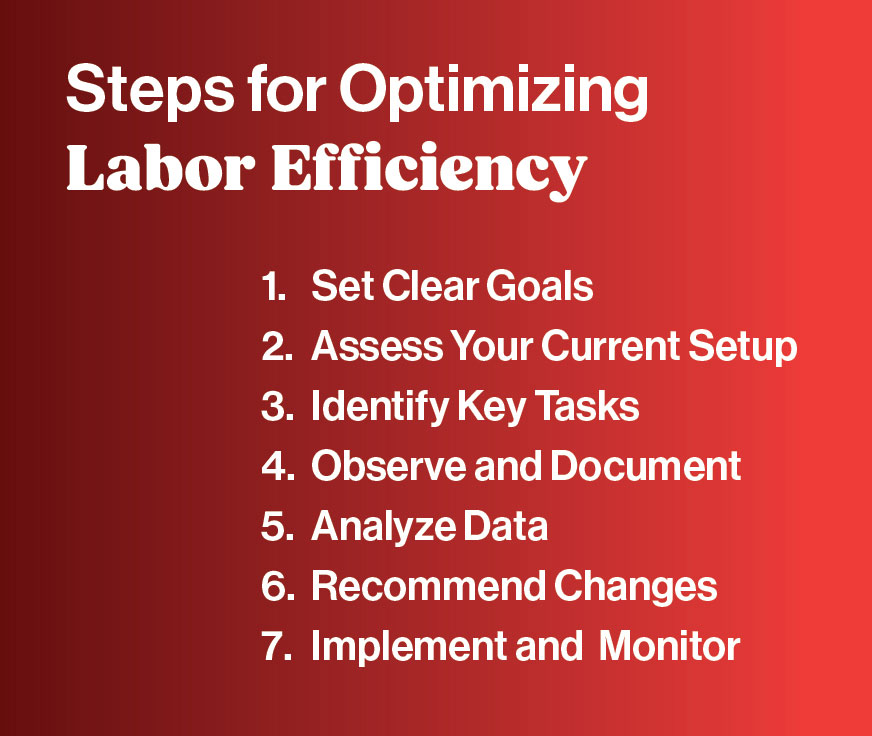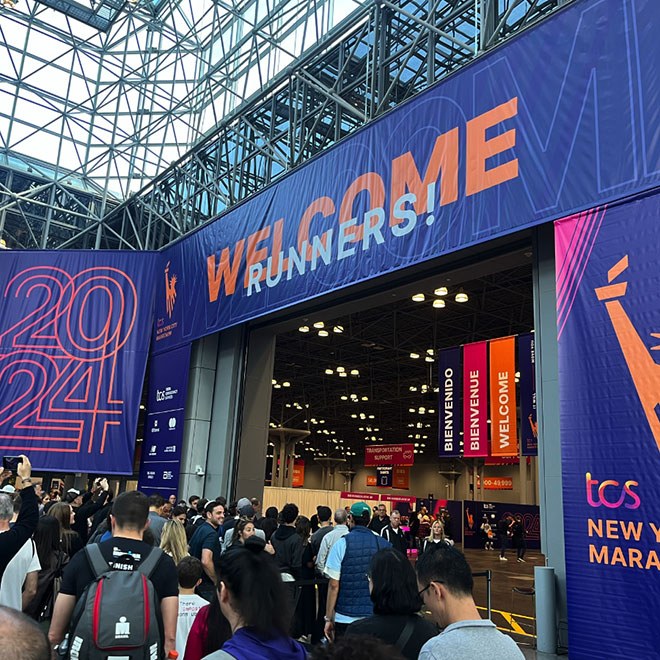
Optimizing Labor Efficiency in Superstores: A Comprehensive Guide for Retail Success
Boosting Store Operations and Customer Service with Smart Workforce Strategies
Estimated Read Time: 3 Minutes
Superstores are constantly challenged to strike a perfect balance between staffing needs and operational efficiency. This is due to fluctuating customer demand, a diverse product range, and complex operations. In addition, high labor costs, regulatory requirements, and the need to integrate technology further complicate labor management. As these giants of commerce evolve to meet customer expectations, so too must their plan for managing labor, which requires ongoing assessment and adaptation of strategies.

One major superstore chain faced a pressing need to refine its labor strategies, particularly within its home and apparel departments. This urgency was driven by several factors. The home and apparel sectors often see seasonal spikes in demand, leading to periods of under or over-staffing. Moreover, the rise of e-commerce has introduced new complexities, as customers now expect seamless omnichannel experiences. Additionally, the competitive retail landscape demands that superstores not only optimize their workforce for cost-efficiency but also ensure high levels of customer service to retain loyalty. They came to us to uncover actionable insights that would lead to smarter labor practices, ultimately enhancing both operational efficiency and the customer experience.
Here’s a look at their journey and a guide for other stores to enhance their own labor practices.
Steps for Optimizing Labor Efficiency

We deployed a systematic approach to thoroughly document and assess the labor requirements and evaluate the effectiveness of their existing strategies. These steps can help other stores achieve similar improvements:
- Set Clear Goals: Start by defining your objectives. In the case of this northwest large format store, they aimed to enhance operational efficiency and elevate customer service levels.
- Assess Your Current Setup: Review your current staffing levels and task allocation. This involves understanding how labor is distributed and how tasks are currently managed.
- Identify Key Tasks: Determine key tasks and areas with high activity. For the superstore, this meant focusing on their home and apparel departments where labor was most crucial.
- Observe and Document: Conduct detailed observations of employee activities. Record tasks and the time spent on each to get a clear picture of labor utilization.
- Analyze Data: Review the collected data to uncover patterns, inefficiencies, and areas for improvement. The superstore identified specific staffing needs and high-activity areas that required attention.
- Recommend Changes: Based on your analysis, develop actionable recommendations. The big box implemented changes such as reconfiguring staff schedules and improving task assignments.
- Implement and Monitor: Apply the recommended changes and continuously monitor their impact. For this large format store, this meant tracking improvements in efficiency and customer service.
Unveiling Insights
In the case of the superstore, the fusion of video documentation and process analysis provided a detailed picture of labor requirements. We pinpointed specific staffing needs within the home and apparel departments and identified areas with high employee activity. Our analysis highlighted labor-intensive tasks and roles characterized by substantial periods of walking or idle time. These insights were instrumental in reshaping labor deployment.

Driving Change
Armed with our recommendations, the chain set about implementing transformative changes to their labor strategies. They restructured staff schedules, refined task assignments, and introduced new practices to ensure that employees were optimally utilized throughout the store. The results spoke volumes. Operational efficiency soared, customer service levels reached new heights, and employees experienced a more organized and productive work environment.

As superstores adapt to the evolving landscape, characterized by fluctuating customer demand, seasonal spikes, and the growing importance of e-commerce, their labor strategies must also evolve. By addressing these complexities head-on, and through ongoing refinement of workforce management, other stores can embark on a similar path to operational excellence and improved customer satisfaction.

 Rob Seely
Rob Seely


